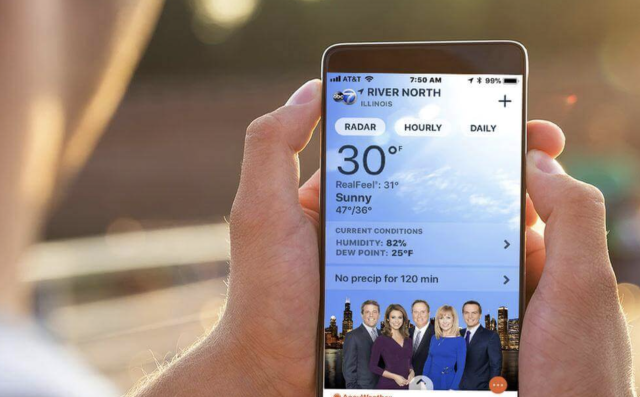In 2022, weather websites are the go-to sources for vital weather information that everyone on the planet can use. And depending on what you’ll be using the website for such as planning ahead for a research trip or developing a website for a client, there are several important tools that any true weather website must-have.
Truth be told, we’ve all come a long way from the times when looking at the clouds was considered the only way to predict the weather. In fact, even old rhymes such as “Mare’s tails and Mackerel scales make tall ships take in their sails” were implemented for weather prediction purposes as a means to remember how certain cloud formations could foretell inclement weather.
But today, we have advanced computer science and satellite technology that help us a lot more than old rhymes. And if you’re ready to build your own weather website, you’ll need a few particular tools to get started.
Weather APIs
Contents
In order to obtain actionable weather data, you’ll need a means for transferring code into readable information for your site. And a weather application programming interface (API) can enable you to do this.
Weather APIs enable developers to create the perfect weather site and to add all of the tools that one might need for a variety of purposes.
For example, a coastal field researcher might need much more than a weather forecast. He or she may need data showing ocean currents, water temperature, relative humidity, and many other features. And a weather API can help you to develop this interface.
A few other data points that weather APIs can include are:
- Historical weather data
- Air quality
- Heat index
- Forecast models
- Wind values
- Barometric pressure
- Rainfall totals
You should note that weather APIs can help you develop much more complex data readouts. And no matter what you need to display, weather APIs are the primary tool that you’ll need for developing your perfect weather website.
Must-Have Weather Website Features
In order for your weather website to function at its best and give a user a full range of options, you’re going to need to add a few desirable features. And this will not only make your website effective, it will make it functional and attractive to anyone who may need to use it.
Visual Displays
If you can’t see the weather modules, then they aren’t going to be of much use. As such, visualization tools that enhance the quality of your display are going to make your site feel much more user-friendly. And if you can implement a responsive display that looks great on a smartphone, this will correspondingly make your site much more interactive as well.
Timelapse Features
Timelapse features enable a user to access historical data and play out forecast models up until the present time. How far you want to go back depends on the historical data you’re able to access. But additionally, you can also facilitate your timelapse to go from past data into future forecast models as well. And this will give a user a better sense of how the weather forecast will affect their area.
Weather News
A great feature to have on your site is a weather news widget. And this simply enables a user to access weather updates, news on catastrophic weather events, upcoming or real-time weather events, and the like. And if a user is traveling to another area, having access to weather news can be an attractive feature to add to your site.
Chat Bots
If you really want to make your weather website relevant in today’s world, adding a chatbot so a user can ask questions is a great tool to implement.
Chatbots allow for a better and more interactive user experience. In fact, even insurance and legal websites have chatbots available to help a client or customer ask questions and find out information. And when you allow a user to pose weather forecast questions, this will offer an added level of interaction to your weather website.
Chatbots won’t be able to answer all of the questions a user may want to ask. However, if you have advanced programming skills, programming your chatbot to be able to answer a variety of common questions is a great starting point.
Creating your own weather website may just be a fun project for you, or perhaps it’s a serious endeavor with a specific purpose. Regardless, using the right tools and formatting it the best way for a user is a strategy that you’ll want to consider.


